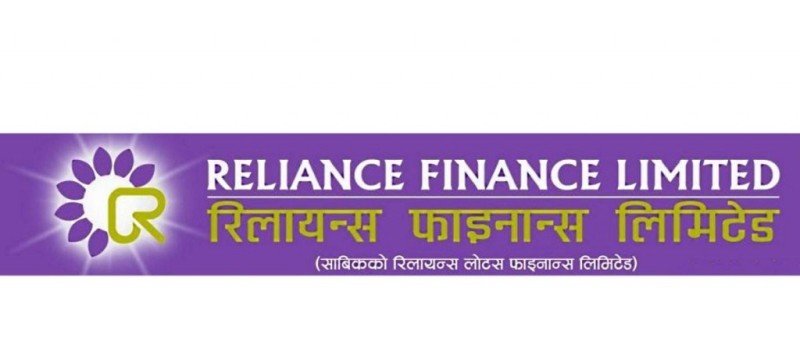Kathmandu. As the base rate of banks has decreased, it has become easier to take loans recently. As the base rate has decreased, the interest rates of banks have also decreased. Due to which loans have become even cheaper.
There is currently plenty of investable money in the banking sector due to pressure on the capital of banks and the inability of loan demand to increase due to the slowdown in the economy. Experts say that this is helping to reduce the base rate.
The base rate of banks has been continuously decreasing for the last 7 months of the current fiscal year. As the base rate, which is considered the main determinant of interest rates, decreases, the interest rates charged by banks to customers have decreased. The average base rate of commercial banks has decreased by 0.14 percentage points in the last 1 month. The interest rates have become cheaper due to more liquidity in banks. Currently, the interest rate is affected by the accumulation of investable funds in banks.
The average base rate of 20 commercial banks has decreased by 0.14 percentage points in the last 1 month. The average base rate of banks for the month of Chaitra has been fixed at 6.48 percent. In Falgun, the average base rate was 6.62 percent. Currently, the base rate of 4 banks is less than 6 percent. The lowest base rate is 5.03 percent of Standard Chartered Bank.
Similarly, the base rate of Rastriya Banijya Bank is 5.28 percent, Everest Bank is 5.46 percent, and Nepal Bank is 5.96 percent. The base rate of 14 banks is less than 7 percent. NIC Asia Bank is the one with the highest base rate. Its rate is 7.41 percent.
Similarly, while the average base rate of Prime Commercial Bank is 7 percent, Laxmi Sunrise is 6.93 percent, Kumari is 6.99 percent, and Prabhu Bank is 6.93 percent. According to the data, while Nepal SBI Bank’s base rate is 6.85 percent, Himalayan is 6.77 percent, Siddhartha is 6.69 percent, and Machhapuchhre is 6.68 percent.
Similarly, while Sanima Bank’s base rate in Chaitra was 6.6 percent, NMB Bank’s base rate is 6.59 percent, Global IME’s 6.56 percent, Agriculture Development’s 6.52 percent, Nepal Investment Mega Bank’s 6 percent, and Nabil Bank’s 6.05 percent. In Chaitra, the base rate of 4 banks, including Nepal Bank, is less than 6 percent. Accordingly, while Nepal Bank’s base rate is 5.96 percent, Everest Bank’s is 5.46 percent, Rastriya Banijya Bank’s is 5.28 percent, and Standard Chartered Bank’s is 5.03 percent.
With the increase in liquidity in banks and financial institutions, banks have been gradually reducing deposit interest rates. As the deposit interest rate has decreased, the base rate of banks has also been decreasing. The interest rate of loans is determined by adding a certain percentage premium to the base rate. Therefore, when the base rate decreases, the interest rate of loans also decreases.
According to the data of the last 8 months, it seems that the credit flow of commercial banks has started to increase gradually. According to the data of the Nepal Bankers Association, the credit flow of banks has increased by 6.12 percent to Rs 4850 billion from Shrawan to mid-Falgun of the current fiscal year 2081.82. Commercial banks had disbursed loans of Rs 4570 billion till mid-Ashar.
Meanwhile, deposit collection has increased by 4.90 percent to Rs 6037 billion in the 8 months of the current fiscal year. Till mid-Ashar, commercial banks had collected deposits of Rs 5754 billion. Accordingly, deposit collection has increased by Rs 2.82 billion and credit investment by Rs 2.79 billion in the last 8 months.























